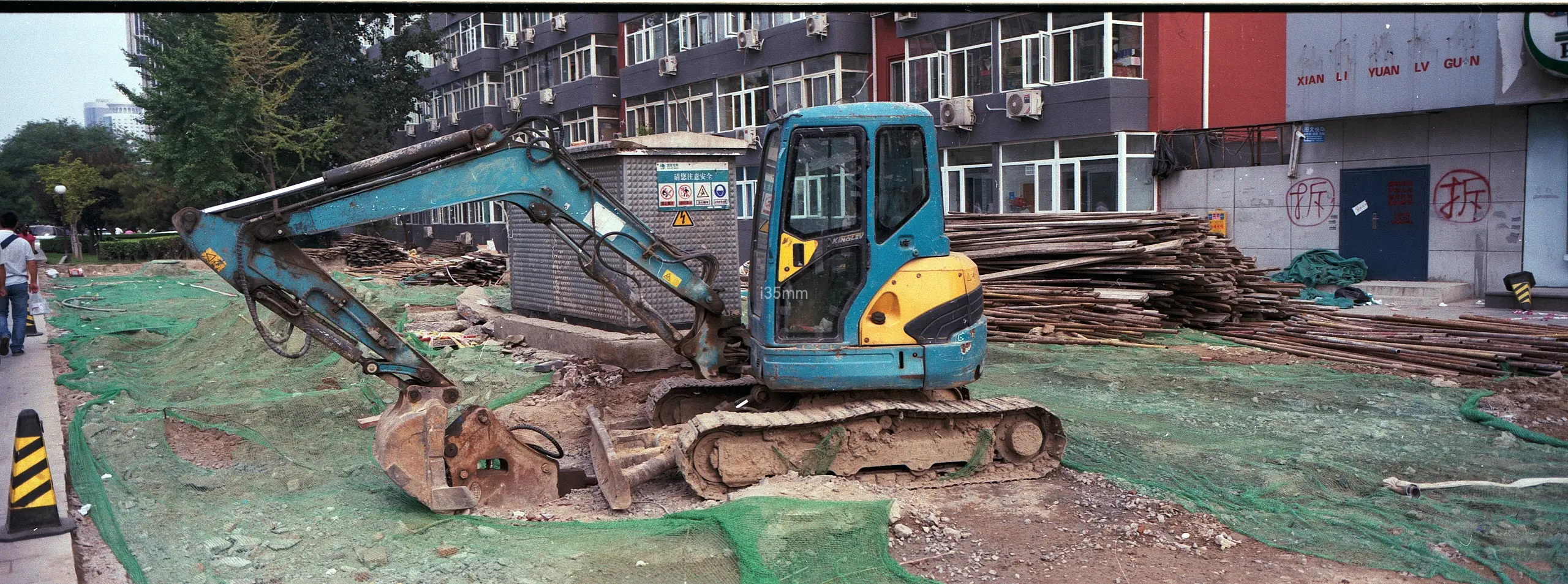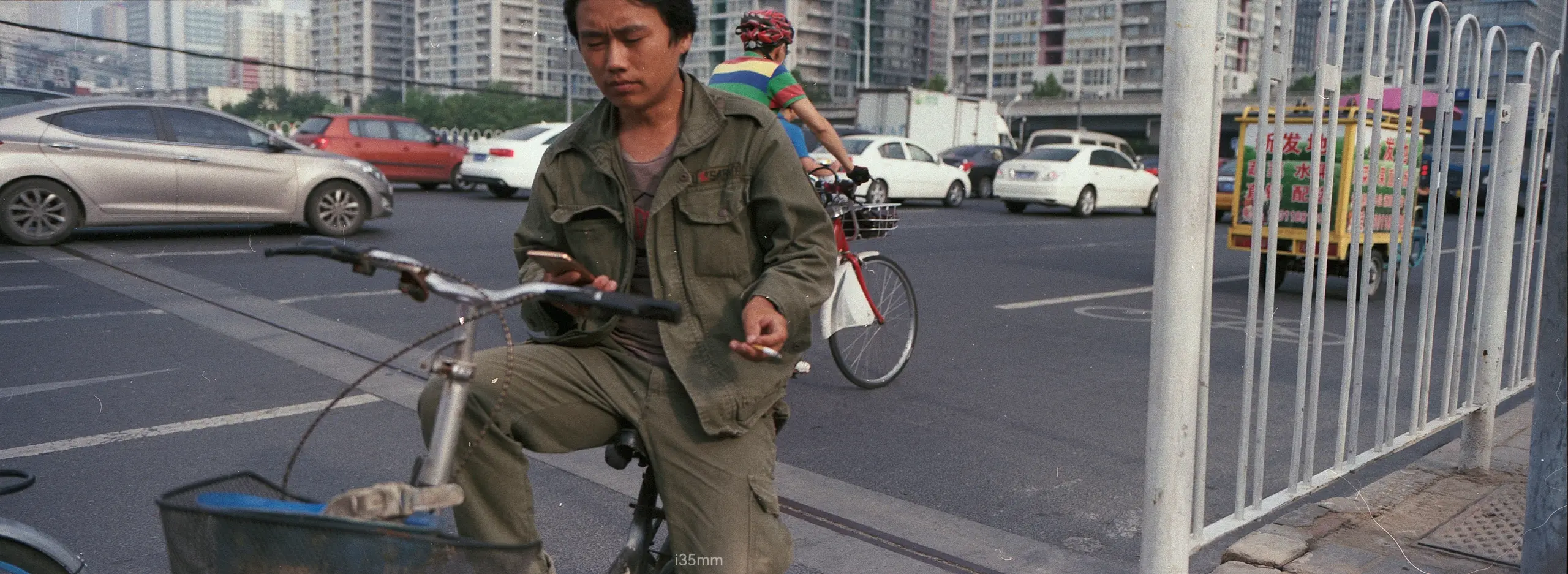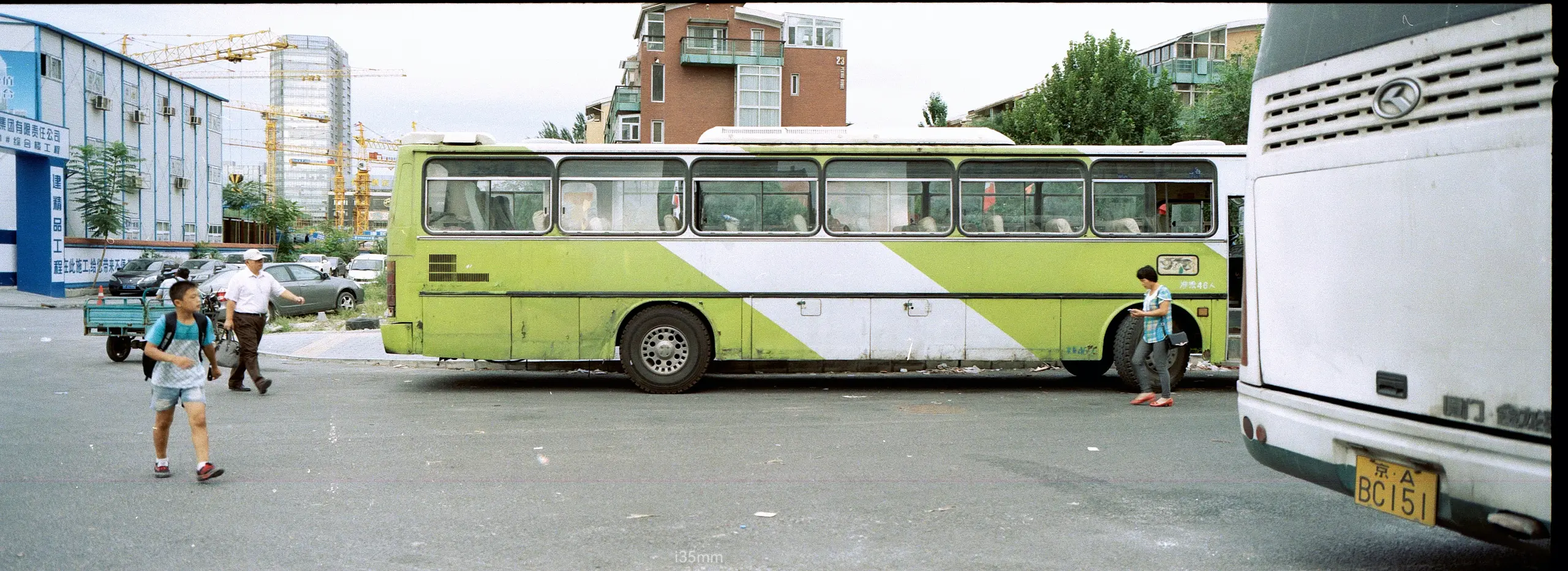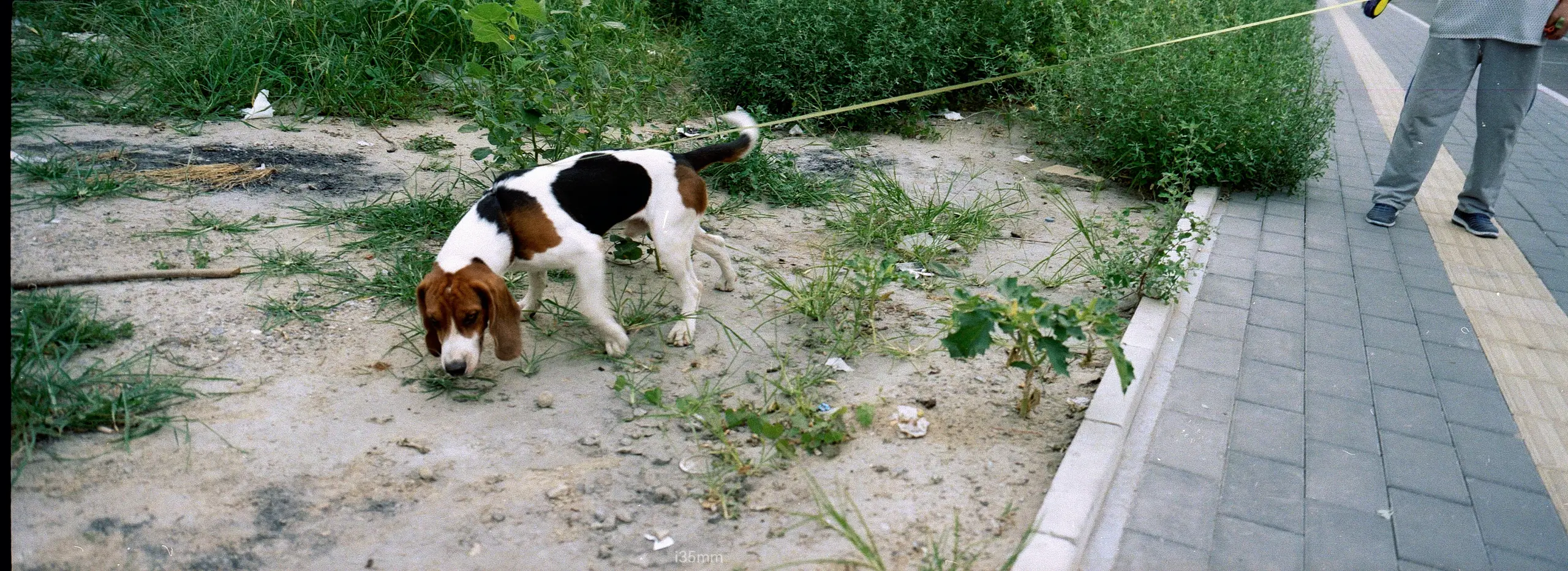The Hybrid Legend
Born from a Hasselblad-Fujifilm collaboration, the XPan (1998-2006) redefined 35mm photography by merging Scandinavian design with Japanese engineering. This titanium-clad marvel shoots both standard 24x36mm and sweeping 24x65mm panoramas—a dual-format chameleon that outlived its era.
Key Specs:
- Formats: 24x36mm (3:2) / 24x65mm (~2.7:1)
- Lenses: 30mm f/5.6, 45mm f/4, 90mm f/4 (designed by Hasselblad and made in Japan by Nittoh Kogaku)
- Battery: 2x CR2 (≈30 rolls per set)
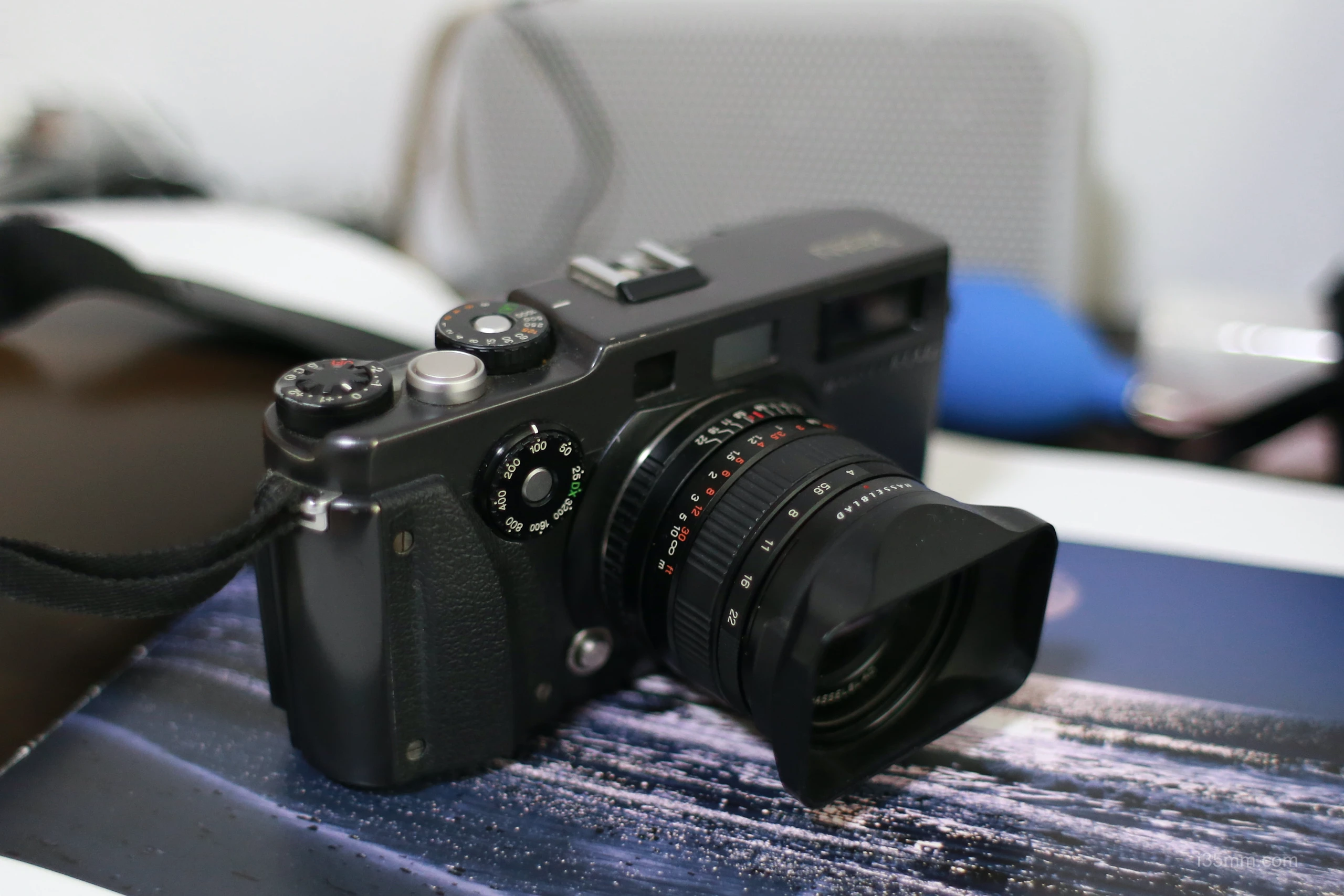
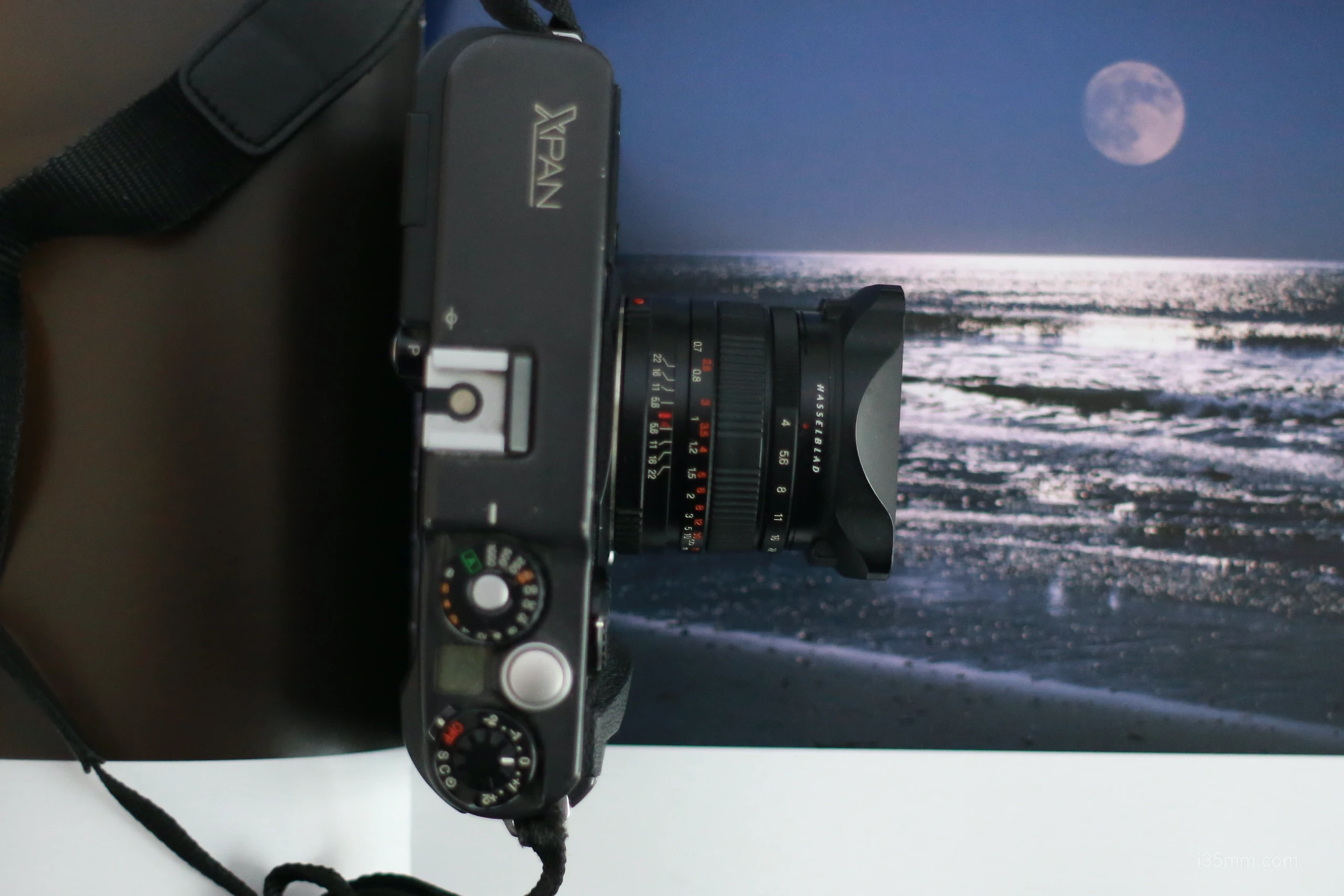
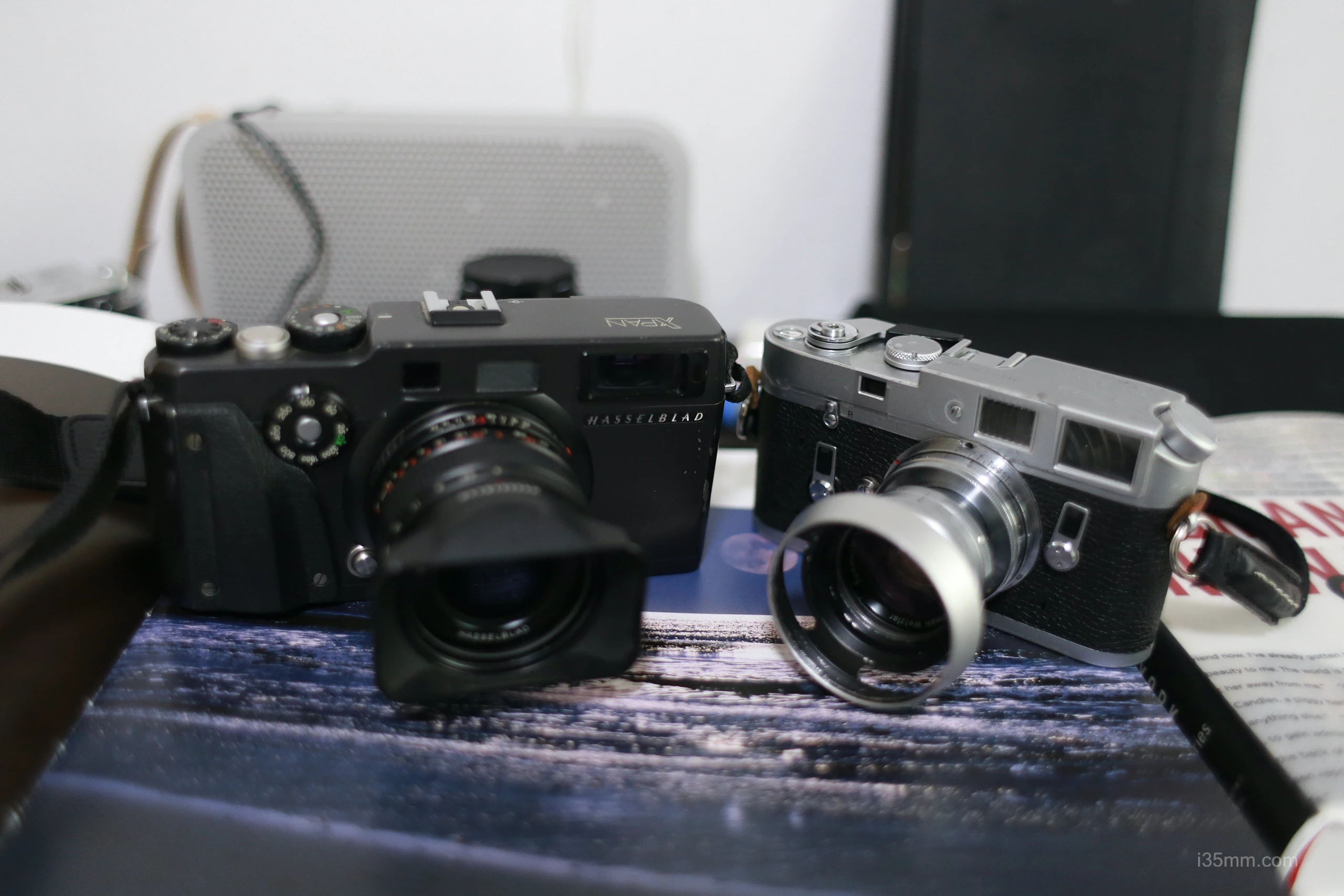
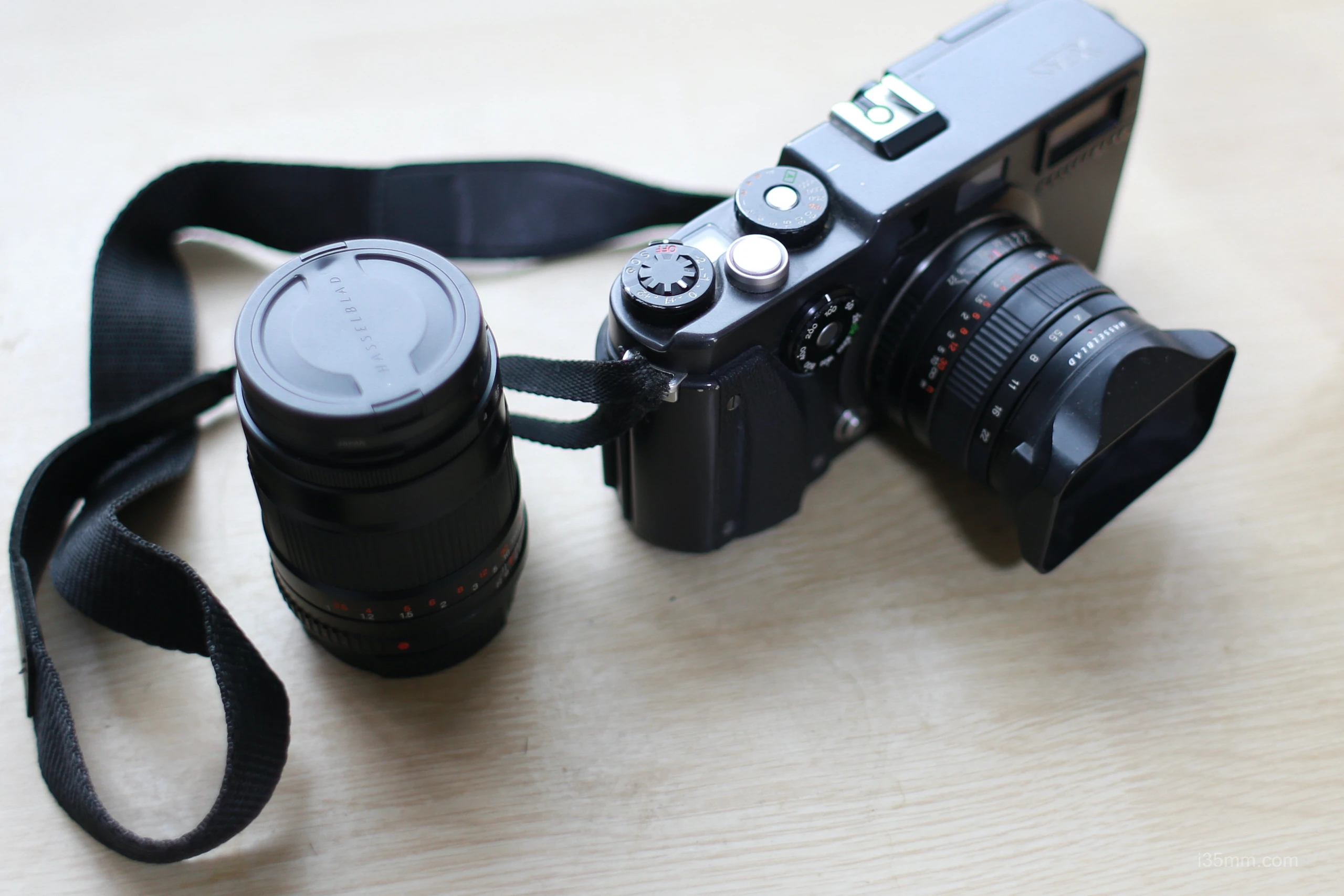
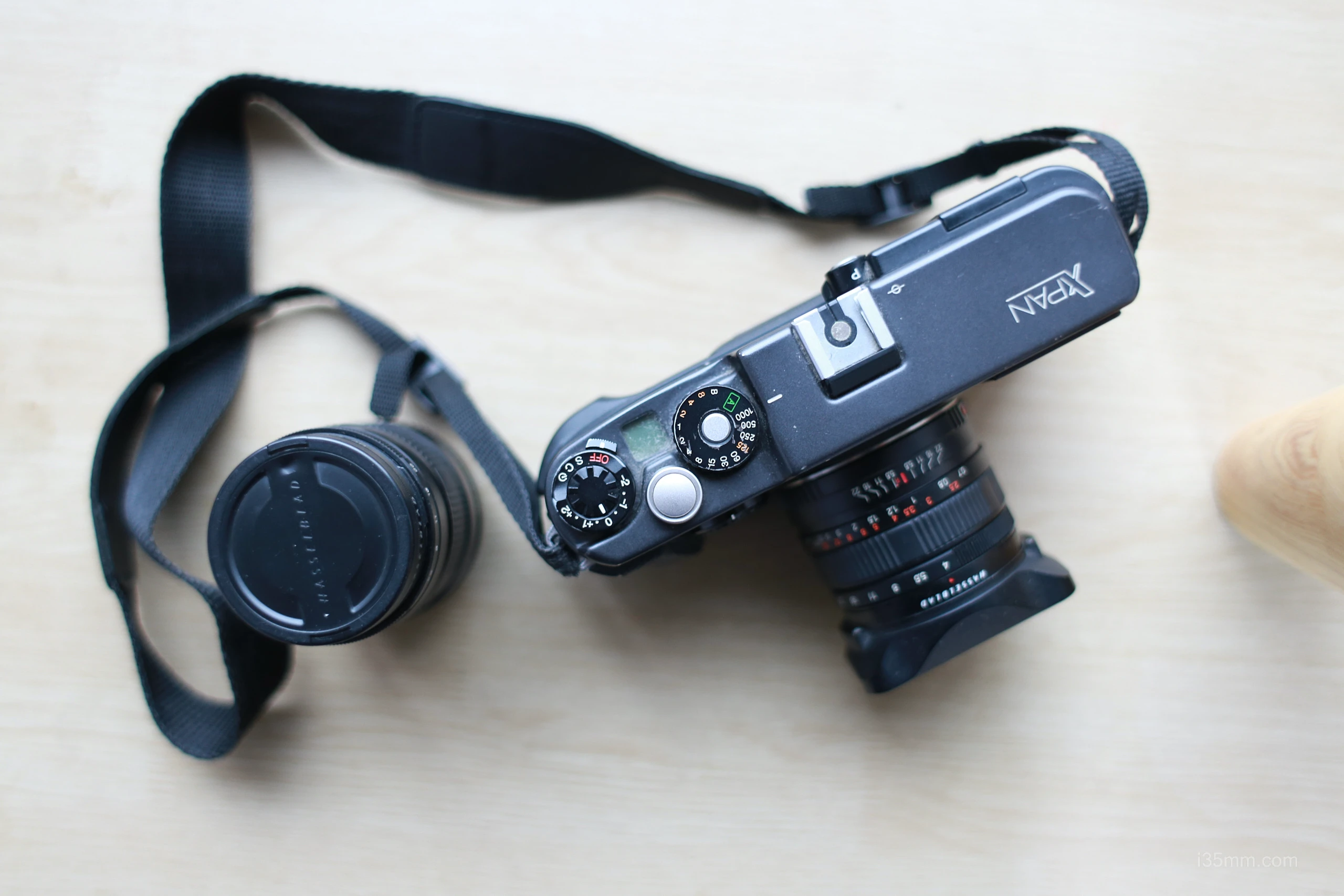

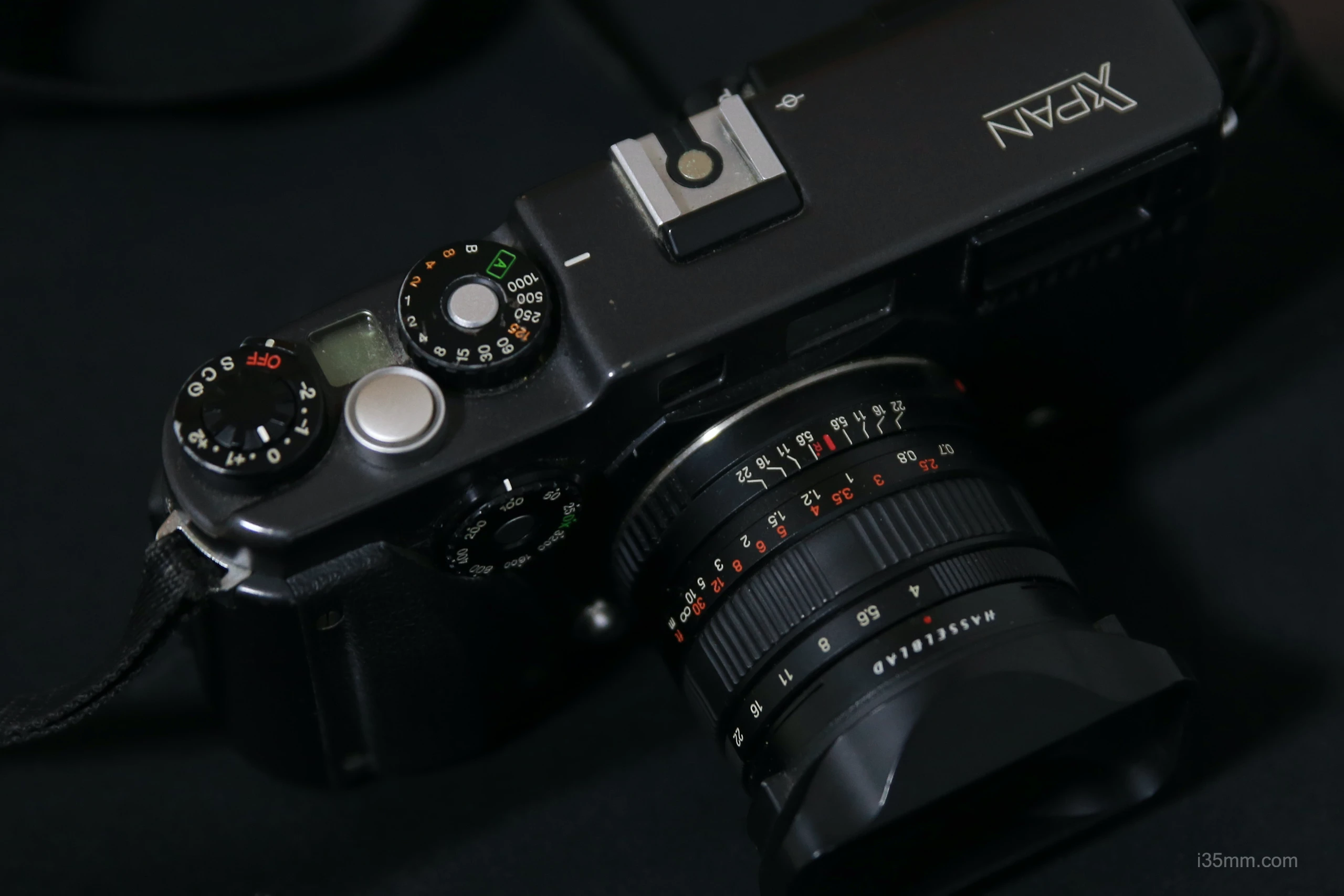
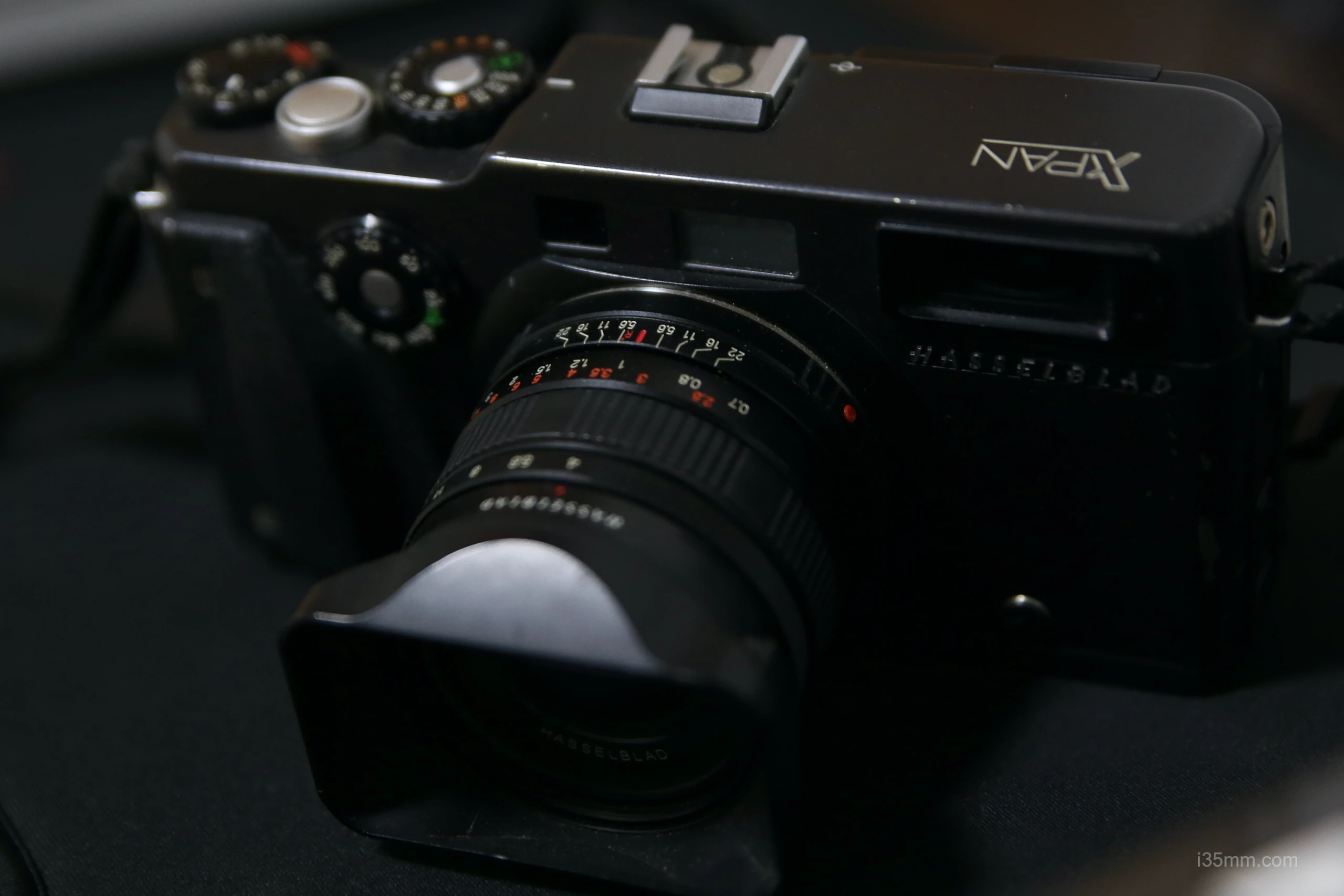
Optical Alchemy
1. The 45mm f/4 Workhorse
- Focal Logic: Not quite 28mm’s width nor 50mm’s normalcy. Think of it as a 50mm with 30% extra peripheral vision.
- Street Mastery: Zone-focused at f/8 (hyperfocal ≈3m), it captures urban geometry without distortion drama.
2. The Forgotten 90mm f/4
- Stealth Advantage: Perfect for candid portraits across streets..
- Flare Control: Outperforms Leica Tele-Elmarit in backlight, thanks to Hasselblad’s ghosting-resistant coatings.
3. The 30mm f/5.6 White Whale
Too niche (16mm equivalent in panorama), too pricey ($4,500+). Leave it to architecture fetishists.
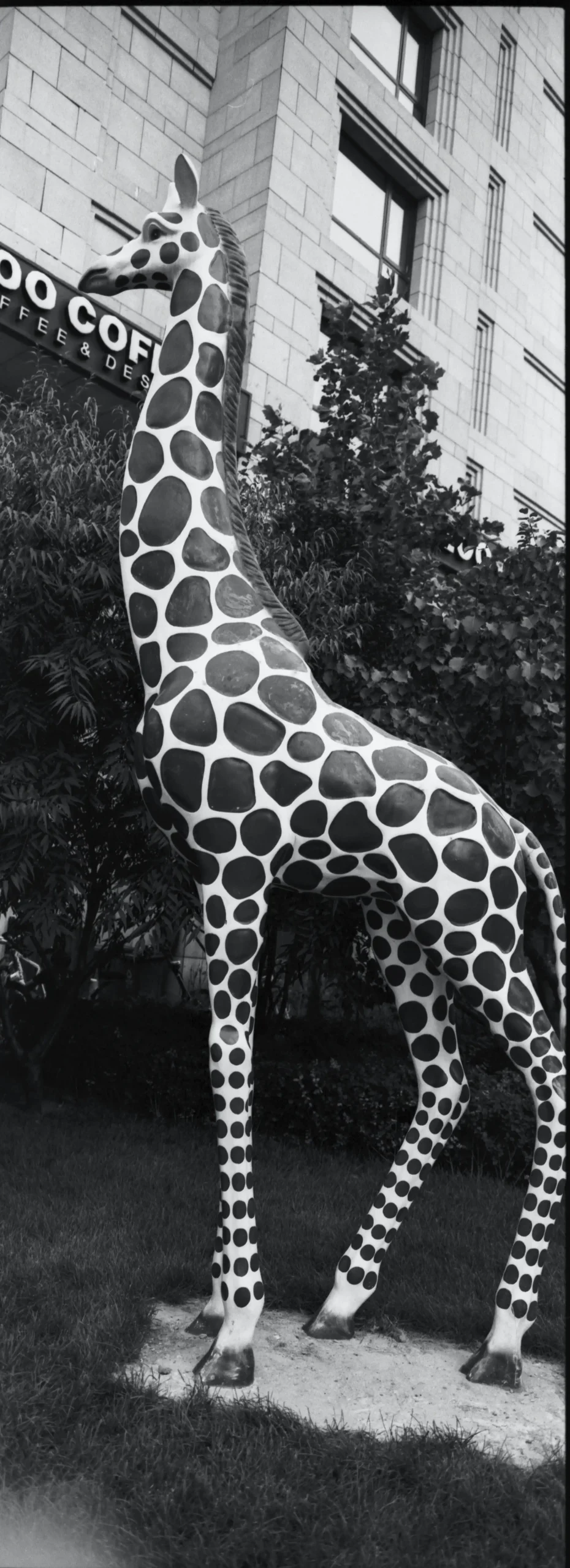
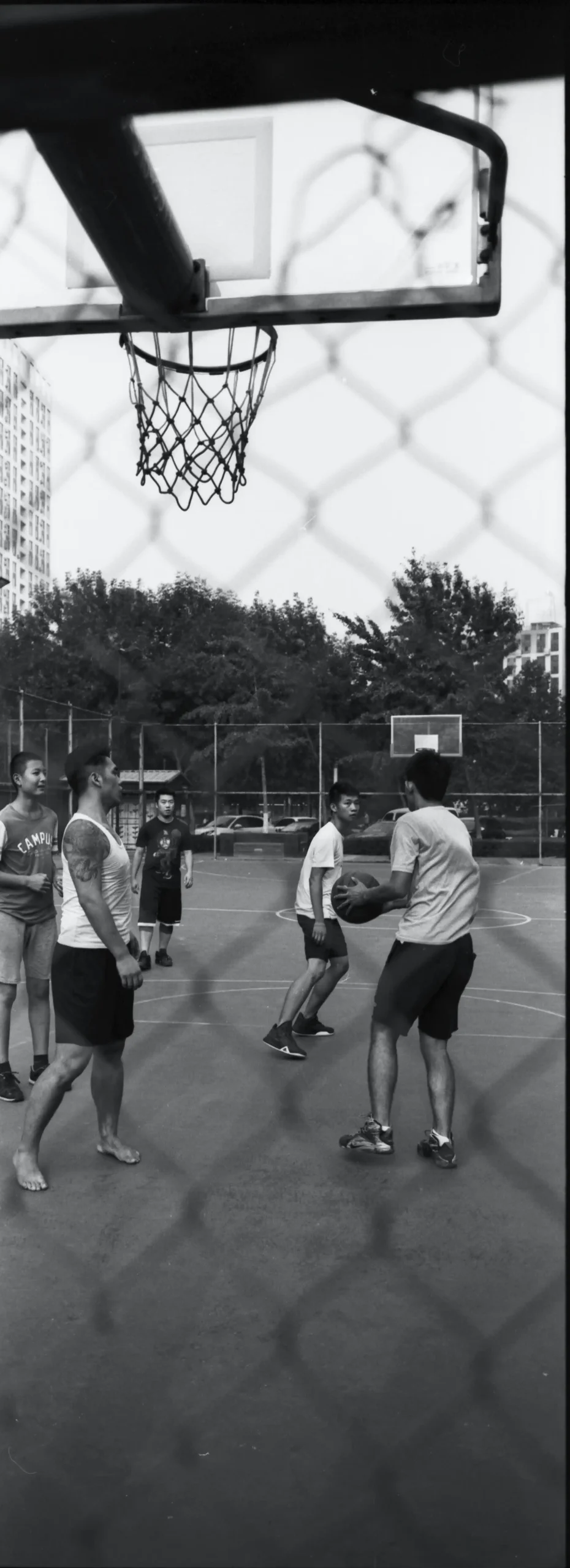
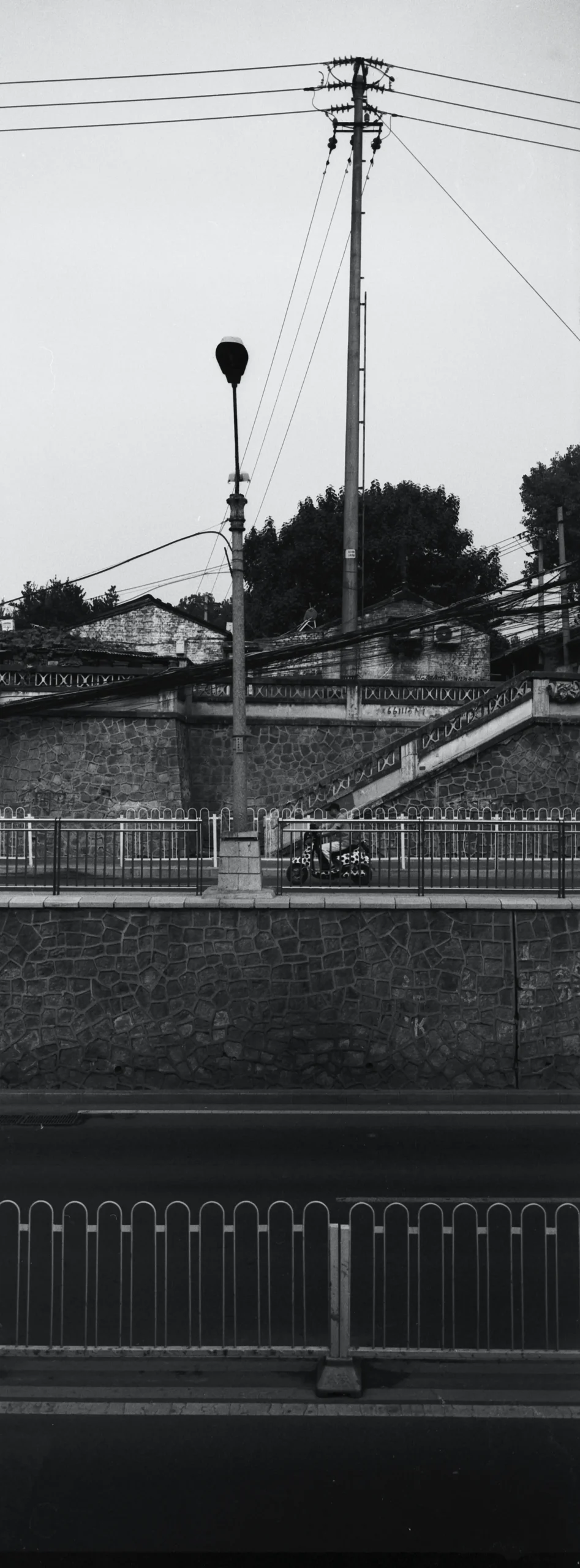
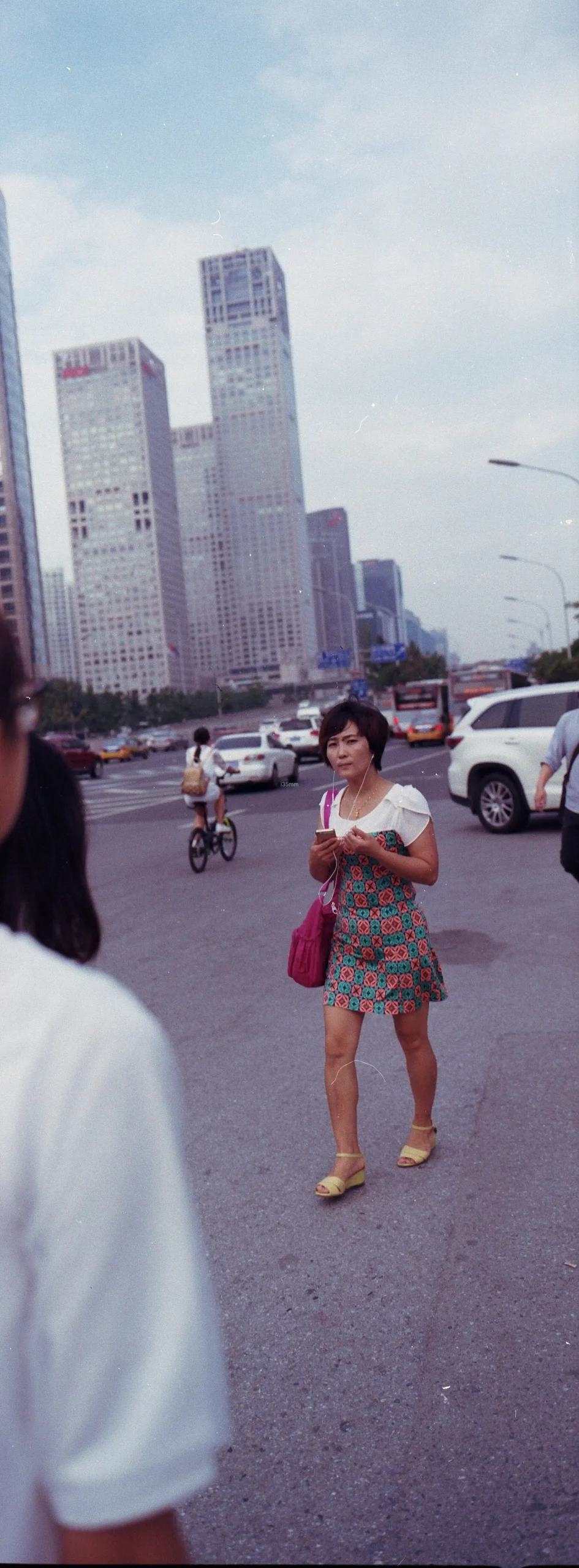
Design: Nordic Pragmatism
1. Film Safeguard
XPan’s genius film transport:
- Load: Entire roll winds to take-up spool
- Shoot: Exposed frames retreat to cartridge
- Fail-Safe: Open the back mid-roll? Only unshot frames are light-tainted.
2. Tactile Symphony
- Shutter: Metal-blade thwock (quieter than Leica M7)
- Advance: Motorized purr (0.8s between shots)
- Viewfinder: Bright-line panorama overlay (no squinting)
3. Achilles’ Heels
- Paint Job: Wears faster than a hipster’s denim
- Long Exposure: Early models cap at 30s (later II variants: 270s)
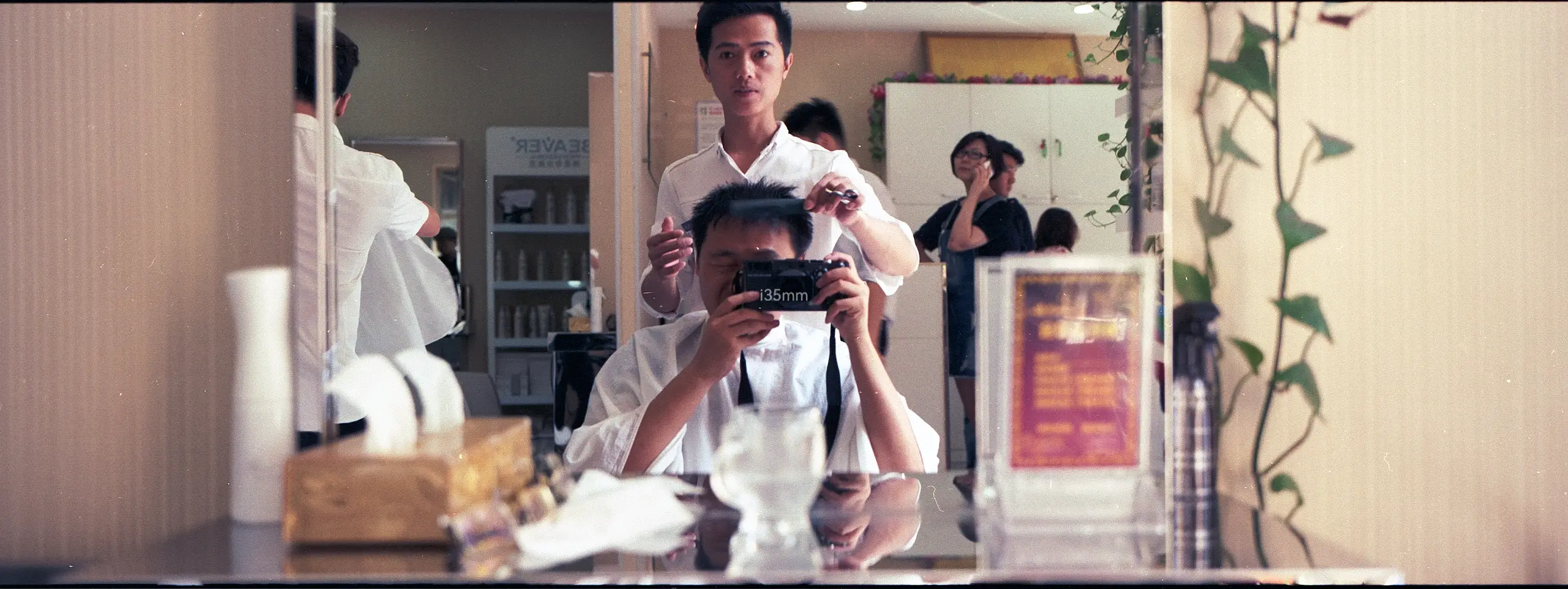
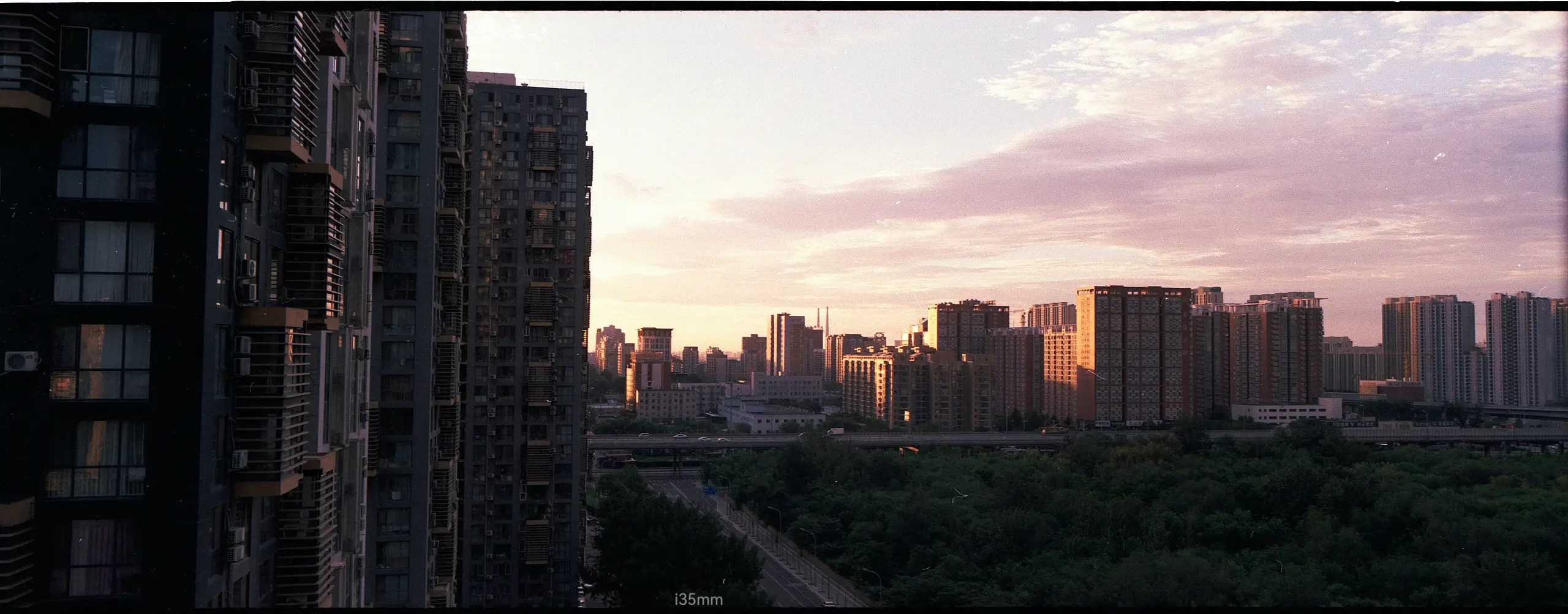
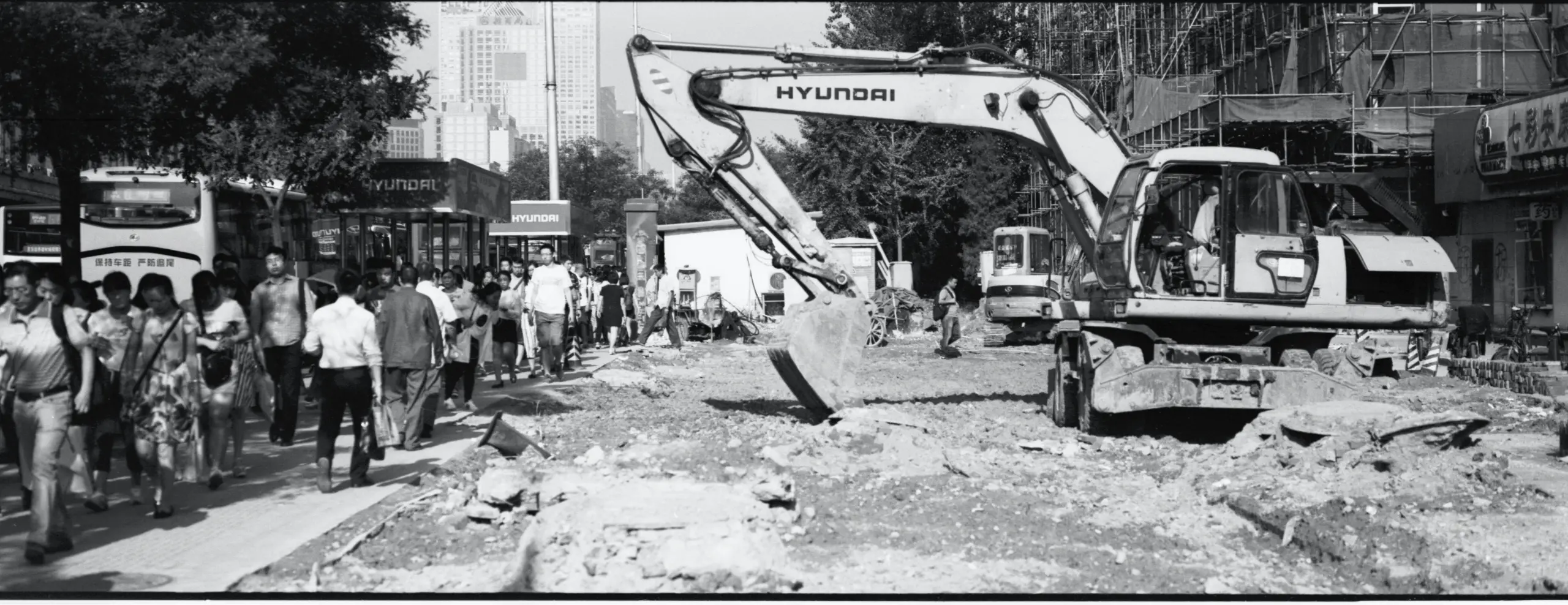
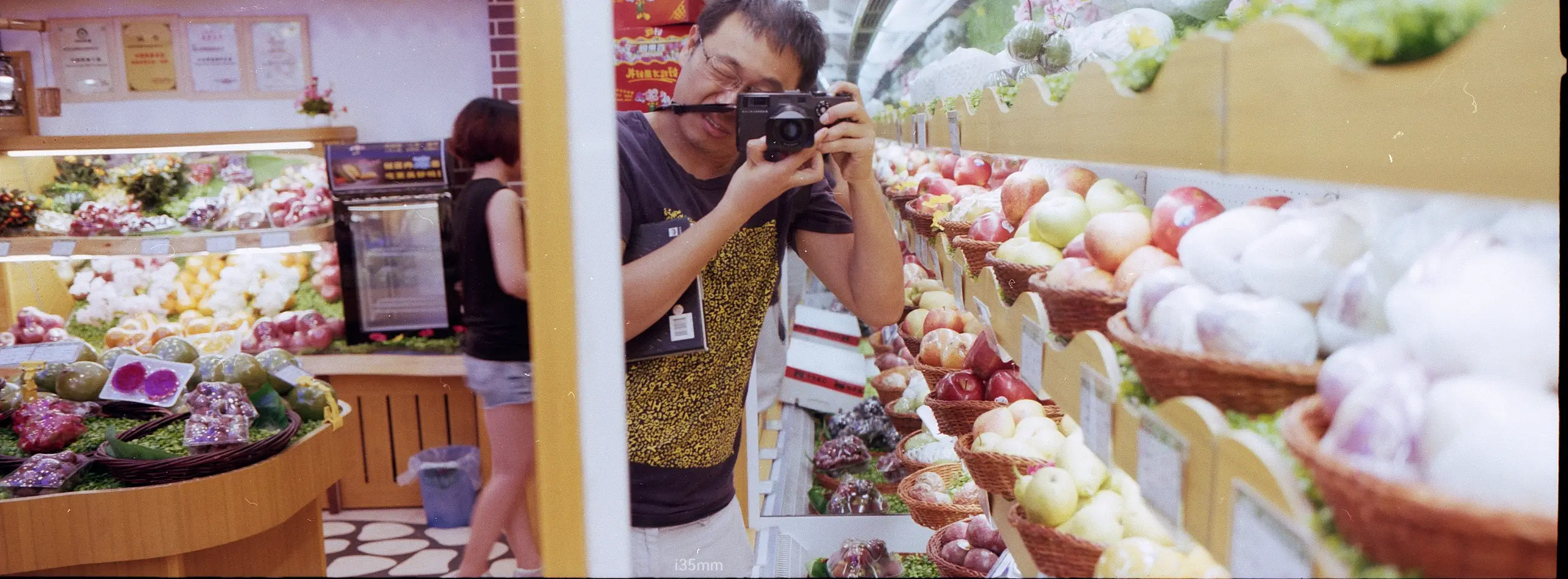
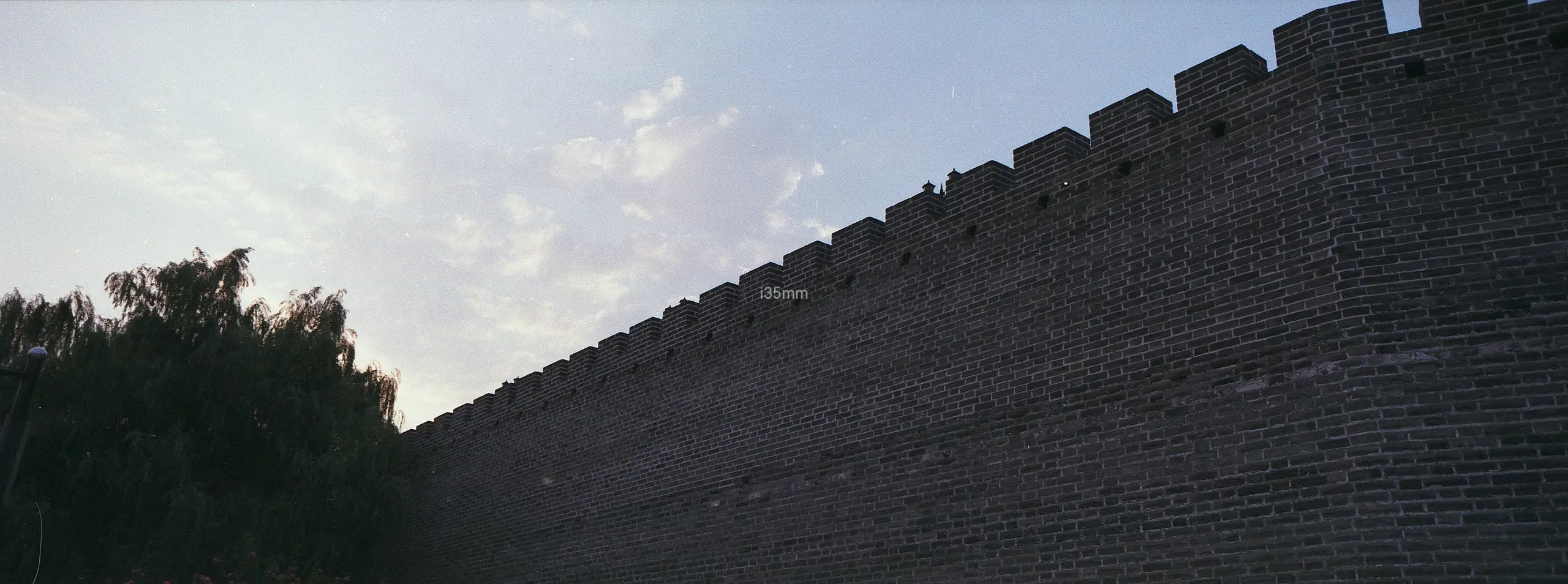
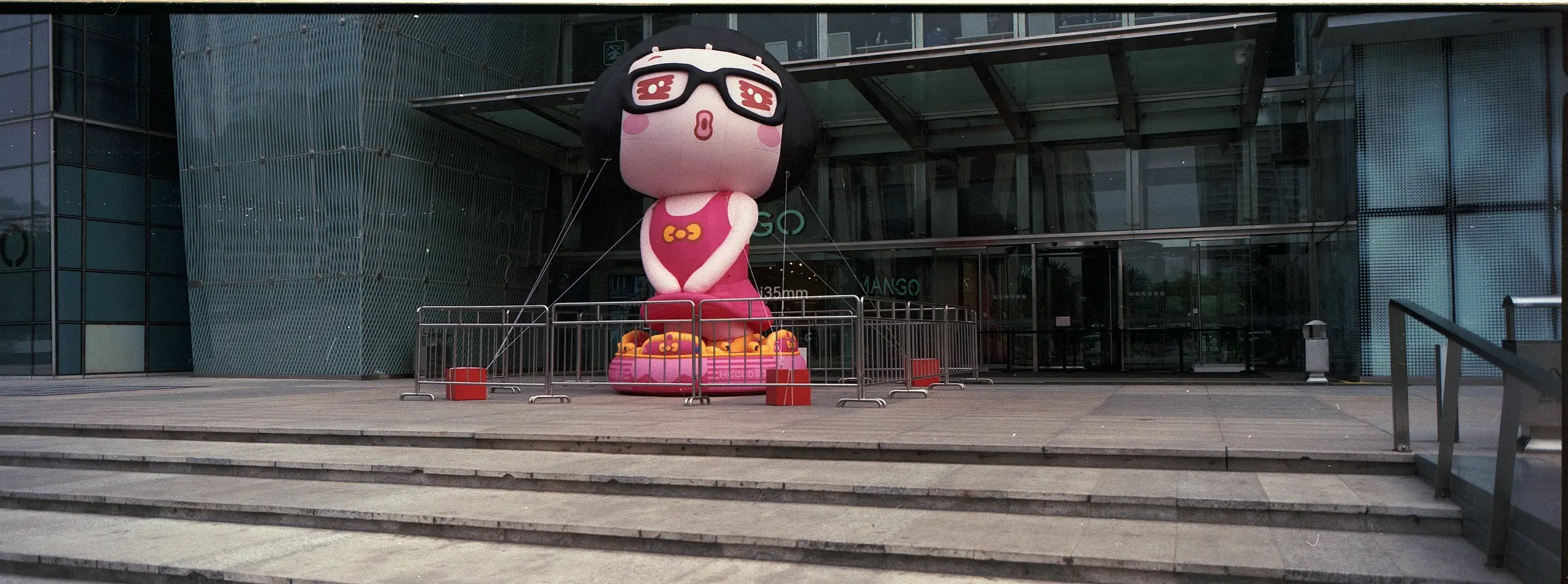
Shooting Philosophy
1. Panorama as Language
- Architecture: Skyscrapers become Giacometti sculptures
- Street: Two protagonists can coexist without cropping
- Portrait: Center your subject—edges stretch faces like Dali’s clocks
2. ND Filter Dilemma
The 45mm’s 49mm thread demands a rare (and $300+) Hasselblad ND filter. Hack: Step-up ring + standard 52mm ND.
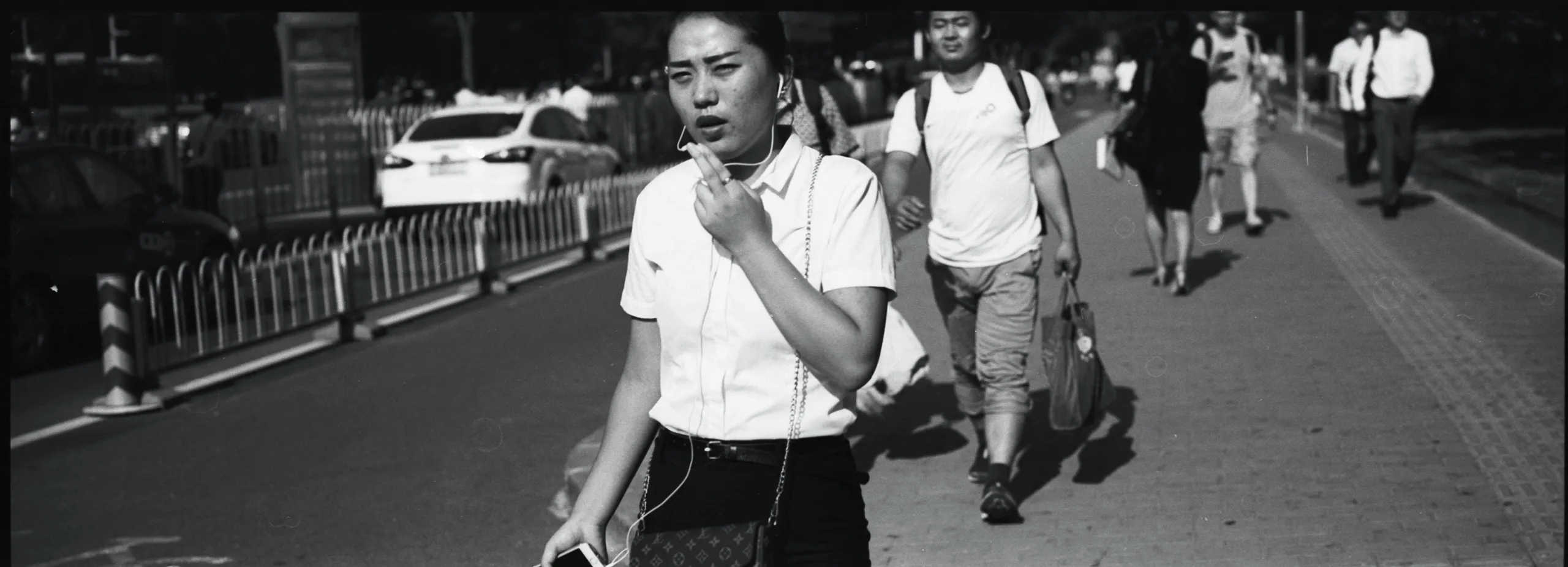
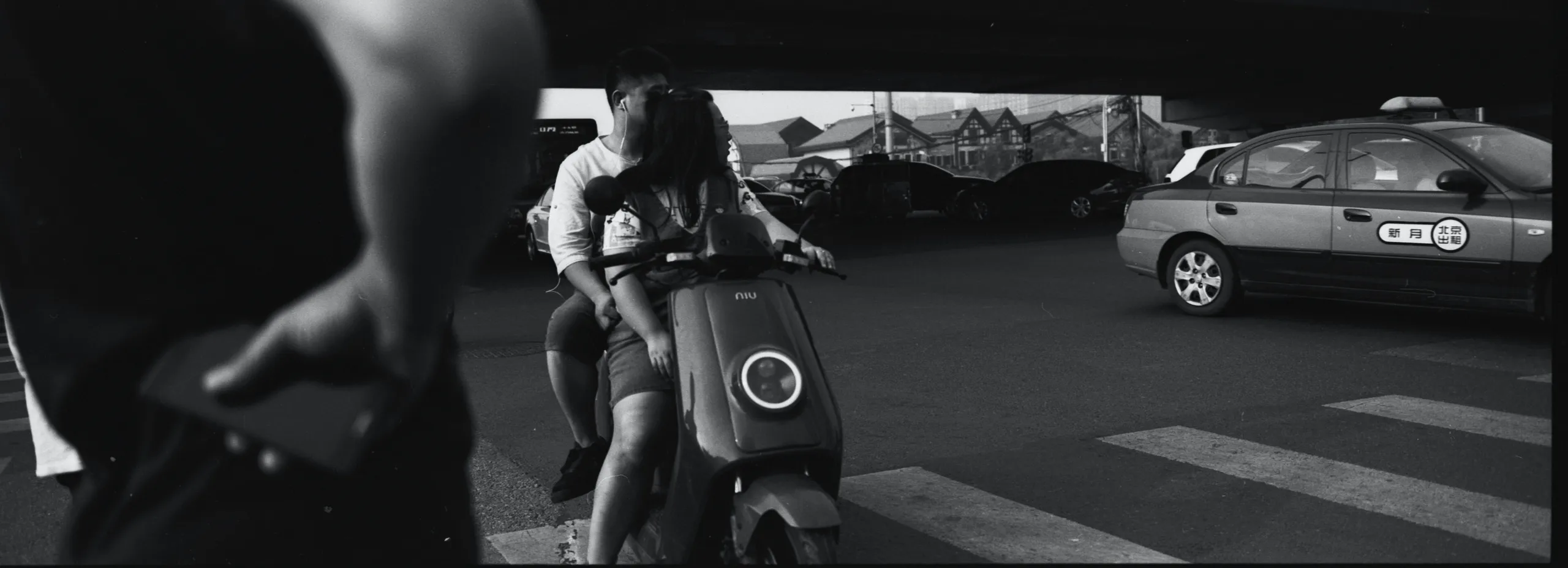
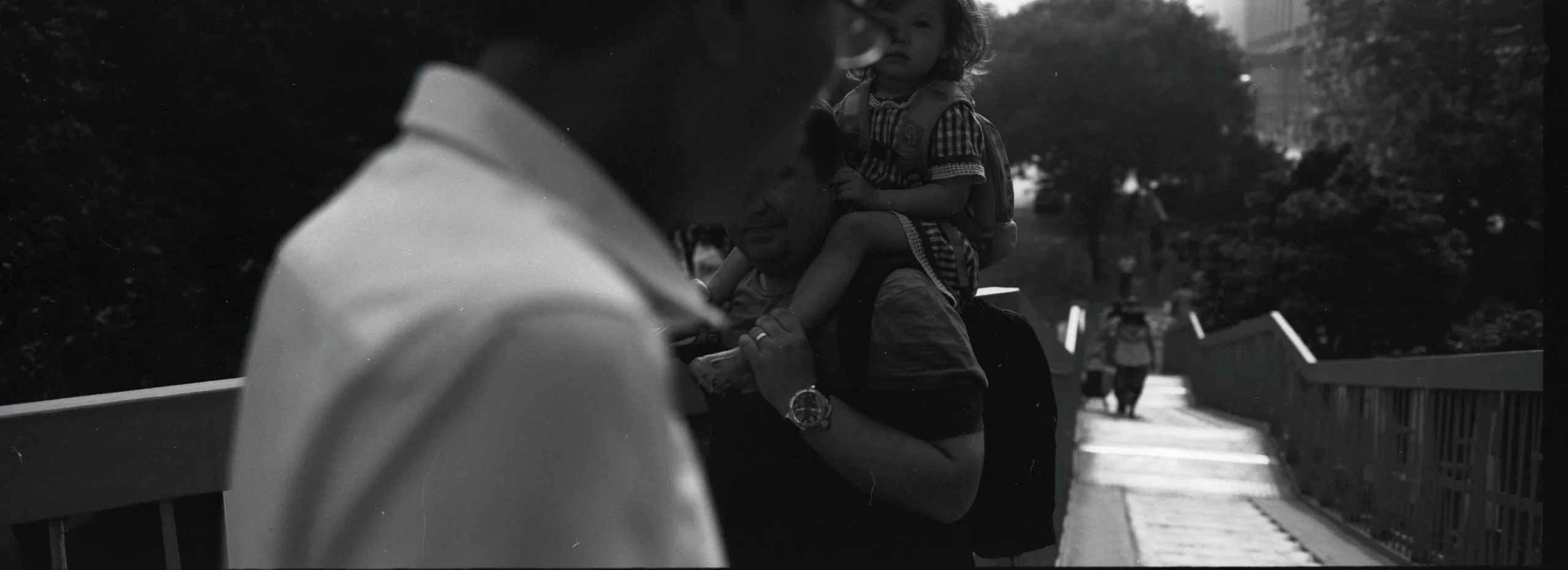
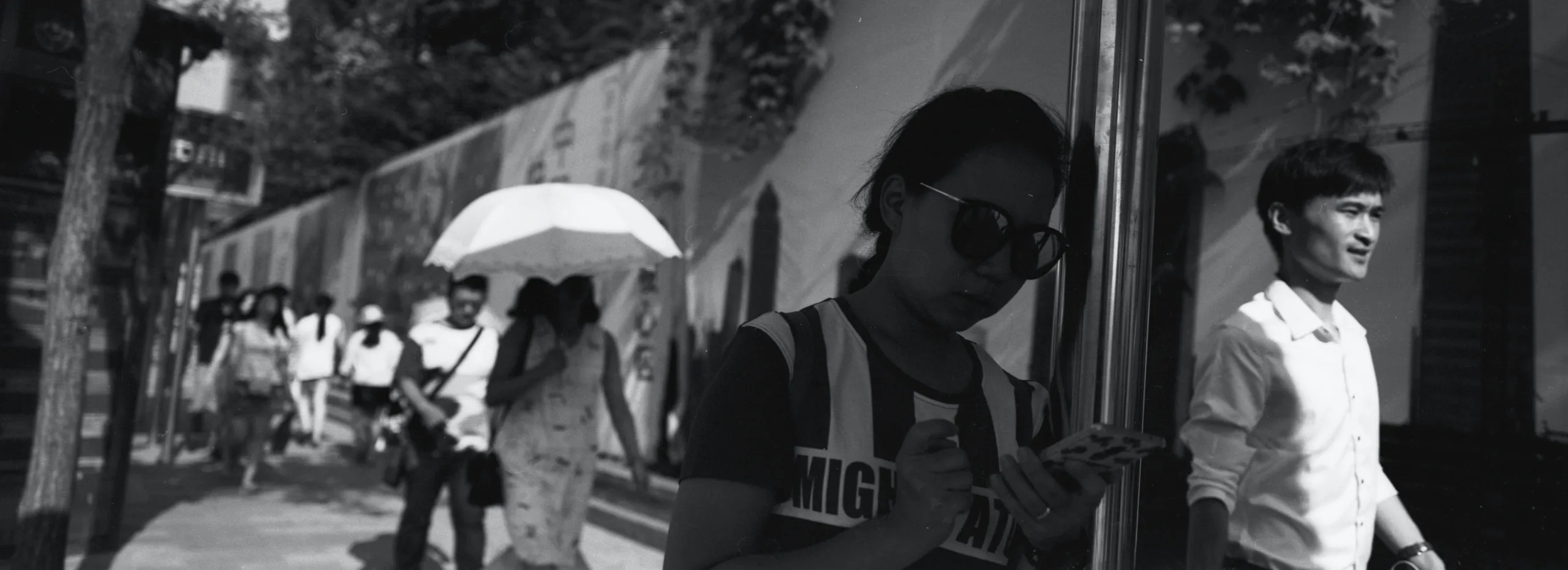
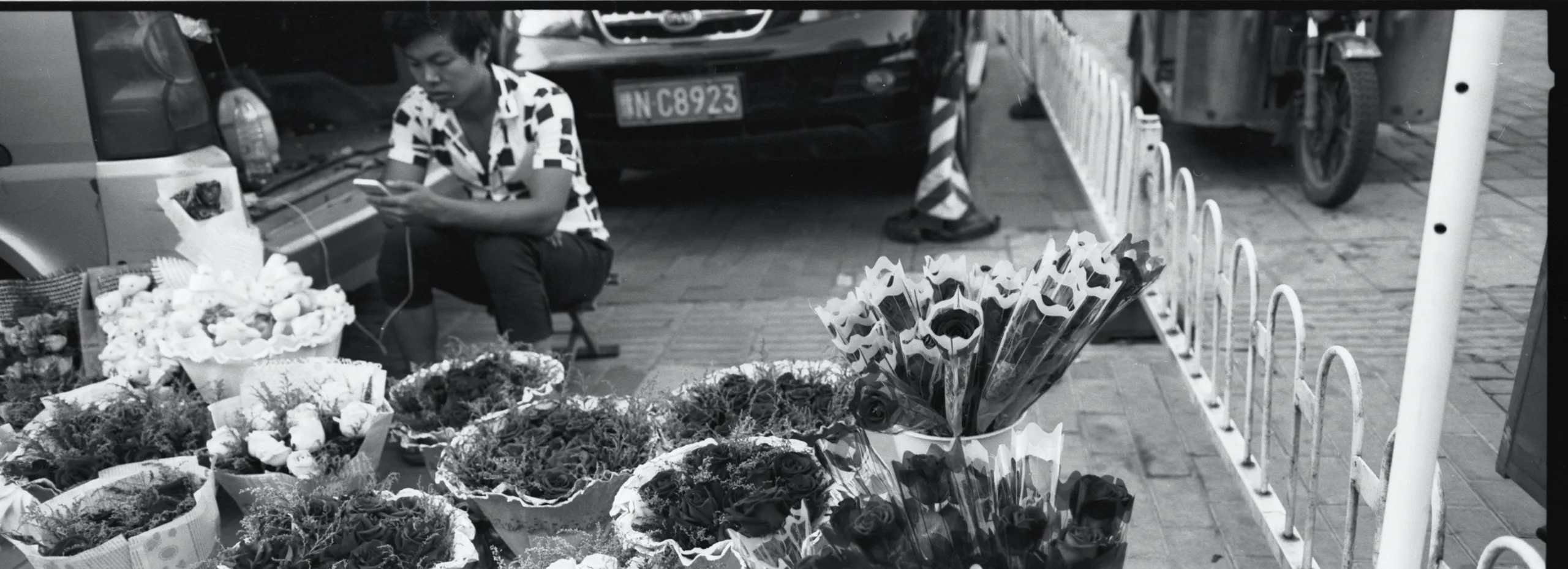
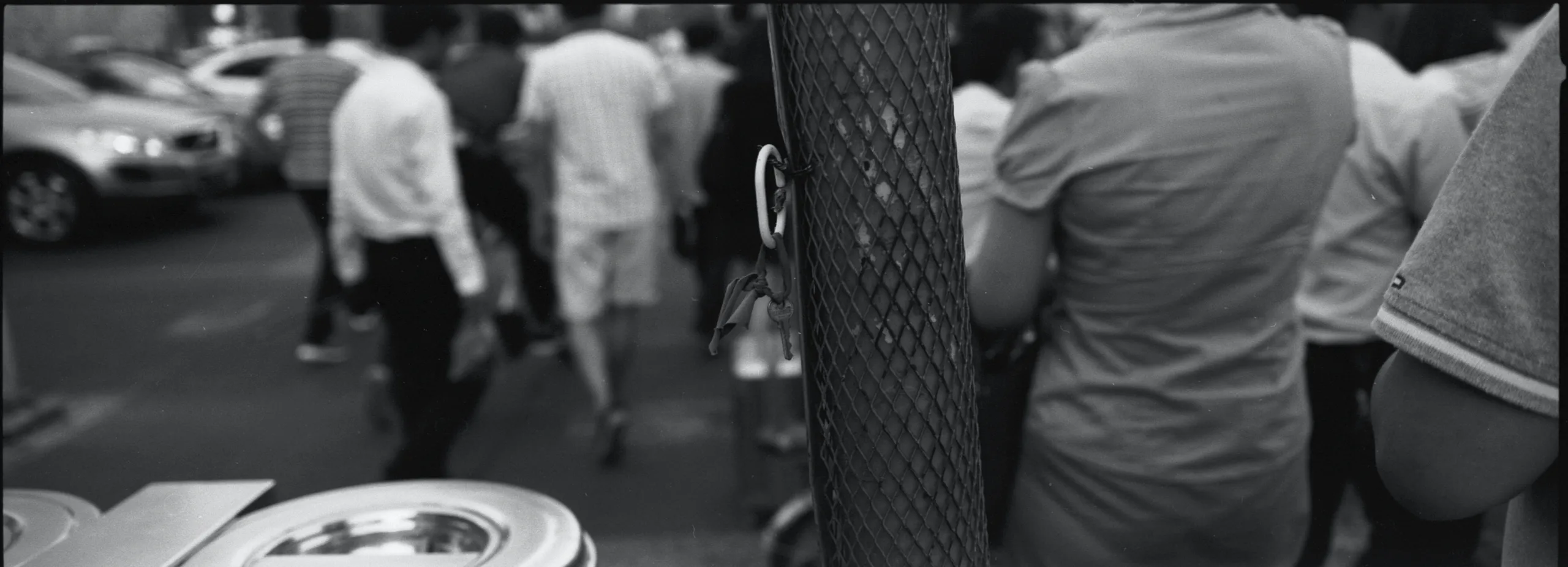
Market Reality
- XPan I: 2,500−2,500−3,500 (prone to circuit aging)
- XPan II: 4,000−4,000−5,500 (270s exposure, better seals)
- TX-1: 3,000−3,000−4,000 (same tech, less prestige tax)
Who Should Buy This?
- Film Formalists: Craving Kubrick-esque aspect ratios
- Nostalgia Architects: Building a pre-digital time capsule
Avoid If: You think “scanning hassle” is a dealbreaker.
